Why Do Digital Cameras Have Shutters ?
Digital cameras have shutters to control the amount of light that enters the camera's image sensor. The shutter opens and closes for a specific duration, allowing light to pass through and expose the sensor. By adjusting the shutter speed, photographers can control the amount of time the sensor is exposed to light, which affects the brightness and sharpness of the captured image. Additionally, the shutter helps in freezing or blurring motion, depending on the chosen speed.
1、 Control exposure and regulate the amount of light entering.
Digital cameras have shutters to control exposure and regulate the amount of light entering the camera. The shutter is a crucial component that determines the duration of time the camera's image sensor is exposed to light. By controlling the exposure time, the shutter helps capture a properly exposed image, preventing overexposure or underexposure.
The primary function of the shutter is to regulate the amount of light that reaches the camera's image sensor. When the shutter is open, light passes through the lens and onto the sensor, creating an image. By adjusting the shutter speed, photographers can control the amount of time the sensor is exposed to light, thus controlling the brightness of the image. A faster shutter speed allows less light to enter, resulting in a darker image, while a slower shutter speed allows more light to enter, resulting in a brighter image.
In addition to controlling exposure, the shutter also plays a crucial role in capturing motion. A fast shutter speed freezes motion, allowing photographers to capture sharp images of moving subjects. On the other hand, a slow shutter speed creates motion blur, which can be used creatively to convey a sense of movement or capture long-exposure shots such as light trails or flowing water.
With the advancements in digital camera technology, the role of the shutter has evolved. In modern digital cameras, the shutter is often electronic rather than mechanical. Electronic shutters offer several advantages, including faster shutter speeds, silent operation, and the ability to capture images without any physical movement. This is particularly useful in high-speed photography or situations where a quiet operation is required, such as in wildlife photography or during events where noise can be distracting.
In conclusion, digital cameras have shutters to control exposure and regulate the amount of light entering the camera. The shutter speed not only determines the brightness of the image but also allows photographers to capture motion creatively. With the advent of electronic shutters, photographers now have more flexibility and convenience in capturing images with precise exposure and minimal disturbance.

2、 Prevent motion blur by capturing a still image.
Digital cameras have shutters to prevent motion blur by capturing a still image. When a camera's shutter is open, it allows light to pass through the lens and onto the camera's image sensor, which captures the image. However, if there is any movement during this process, it can result in motion blur, where the subject appears blurry or distorted.
The shutter acts as a barrier between the lens and the image sensor, controlling the duration of exposure. By opening and closing quickly, it allows the camera to capture a moment in time without any significant movement affecting the image. This is especially important in situations where the subject or the camera itself is in motion, such as capturing fast-moving objects or taking handheld shots.
In recent years, advancements in digital camera technology have led to improvements in shutter speed and efficiency. High-speed shutters can open and close in fractions of a second, allowing photographers to freeze fast-moving subjects with precision. Additionally, some cameras now feature electronic shutters, which eliminate the physical barrier and instead use the image sensor itself to control exposure. This not only reduces the risk of mechanical failure but also allows for even faster shutter speeds.
Overall, the presence of shutters in digital cameras is crucial for capturing sharp and clear images, especially in situations where motion is involved. Whether it's freezing the action of a sports event or capturing a candid moment, the shutter plays a vital role in ensuring that the final image is free from motion blur.
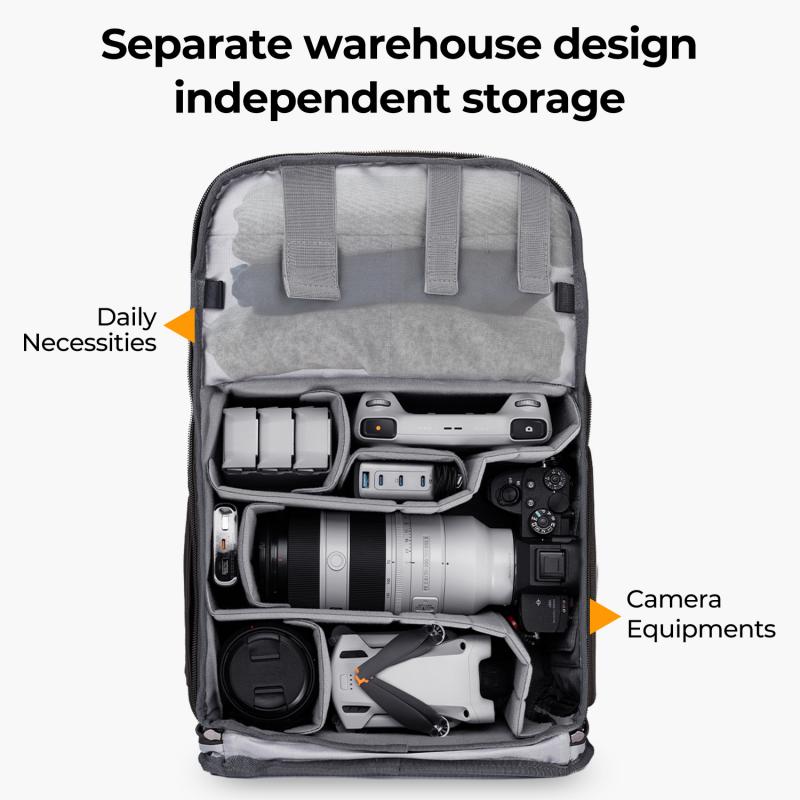
3、 Enable faster shutter speeds for freezing fast-moving subjects.
Digital cameras have shutters for several reasons, one of which is to enable faster shutter speeds for freezing fast-moving subjects. When capturing a photograph, the shutter opens and closes to control the amount of light that reaches the camera's image sensor. This process is crucial for achieving the desired exposure and capturing a sharp image.
Fast-moving subjects, such as athletes or wildlife, require a faster shutter speed to freeze their motion and avoid motion blur. By having a shutter mechanism, digital cameras can achieve these faster speeds, allowing photographers to capture crisp and detailed images of subjects in motion.
In addition to freezing fast-moving subjects, shutters also play a role in controlling the amount of light that enters the camera. By adjusting the shutter speed, photographers can control the exposure of their images. A faster shutter speed reduces the amount of time the sensor is exposed to light, resulting in a darker image. Conversely, a slower shutter speed allows more light to reach the sensor, resulting in a brighter image.
Furthermore, shutters also help in controlling the depth of field in a photograph. By adjusting the shutter speed, photographers can control the amount of time the camera's sensor is exposed to light, which in turn affects the depth of field. A faster shutter speed reduces the amount of light reaching the sensor, resulting in a larger depth of field and a sharper image overall.
In recent years, advancements in digital camera technology have led to the development of electronic shutters. These shutters, unlike traditional mechanical shutters, do not have moving parts and instead use the camera's image sensor to control the exposure. Electronic shutters offer several advantages, including silent operation, faster burst shooting speeds, and the ability to capture images without any mechanical vibrations.
In conclusion, digital cameras have shutters to enable faster shutter speeds for freezing fast-moving subjects. This feature allows photographers to capture sharp and detailed images of subjects in motion. Additionally, shutters help control the amount of light entering the camera, which affects exposure and depth of field. With the advent of electronic shutters, photographers now have even more flexibility and options when it comes to capturing the perfect shot.

4、 Allow for long exposures to capture low-light or night scenes.
Digital cameras have shutters for several reasons, one of which is to allow for long exposures to capture low-light or night scenes. When shooting in low-light conditions, the camera's sensor needs more time to gather enough light to create a properly exposed image. By using a longer shutter speed, the sensor is exposed to light for a longer period, resulting in a brighter image.
Additionally, the shutter helps control the amount of light that enters the camera. It acts as a barrier between the lens and the sensor, opening and closing to regulate the duration of exposure. This is crucial in situations where there is an abundance of light, such as bright daylight or when shooting with a wide aperture. By adjusting the shutter speed, photographers can prevent overexposure and maintain the desired level of brightness in their images.
Moreover, the shutter plays a vital role in freezing motion. When photographing fast-moving subjects, a fast shutter speed is necessary to capture a sharp image without motion blur. By opening and closing quickly, the shutter effectively captures a single moment in time, freezing the subject's movement.
In the latest digital cameras, shutters have evolved to offer even more advanced features. Some cameras now have electronic shutters, which eliminate the physical movement of mechanical shutters. This allows for silent shooting, faster burst rates, and the ability to shoot at extremely high shutter speeds. Electronic shutters also minimize the risk of camera shake caused by the movement of mechanical parts.
In conclusion, the presence of shutters in digital cameras is essential for controlling exposure, capturing low-light scenes, and freezing motion. As technology advances, the capabilities of shutters continue to improve, providing photographers with more flexibility and creative possibilities.








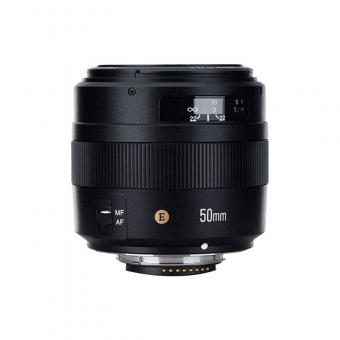

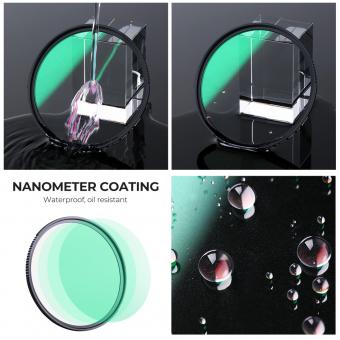

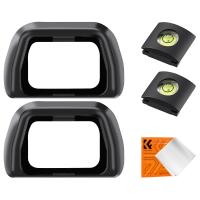
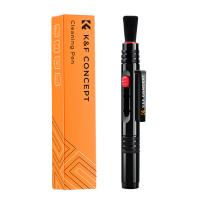
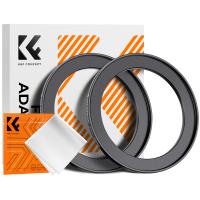
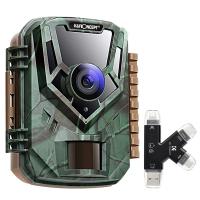
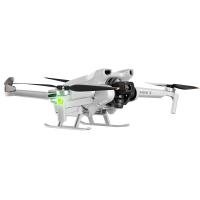


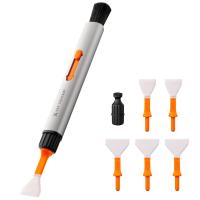


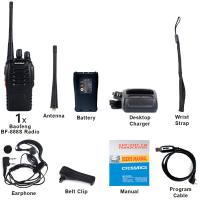



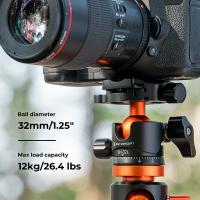
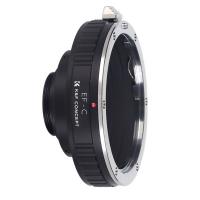
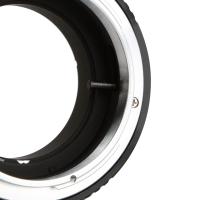
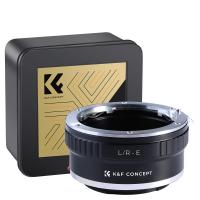
There are no comments for this blog.